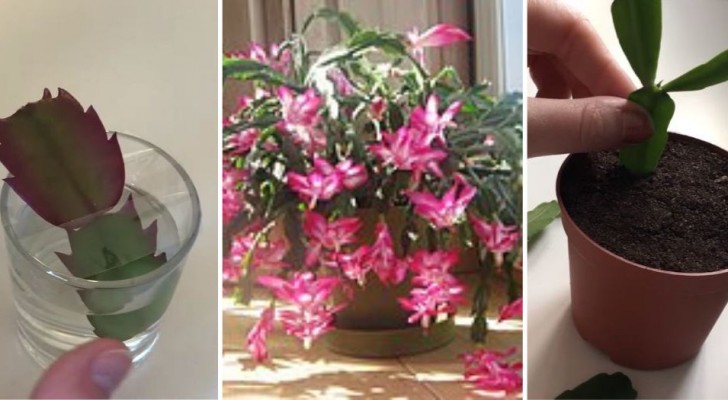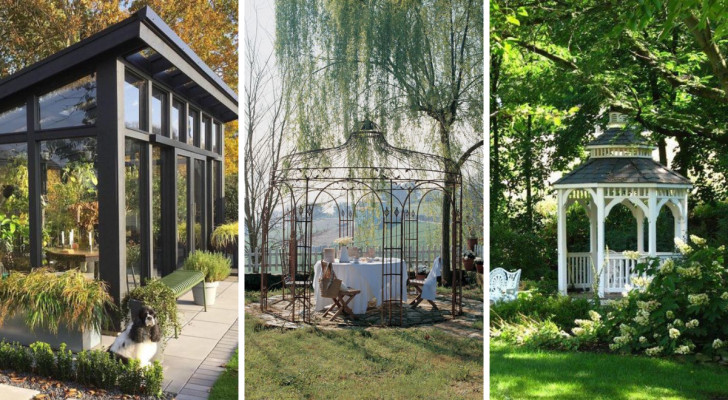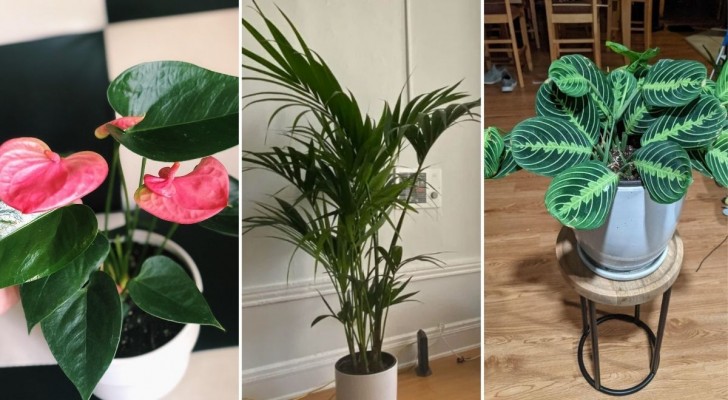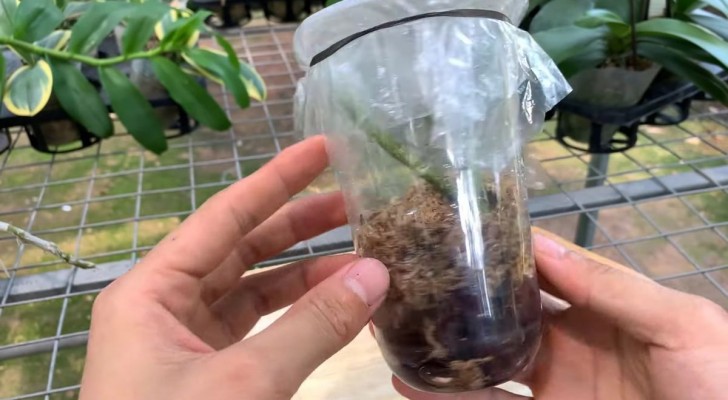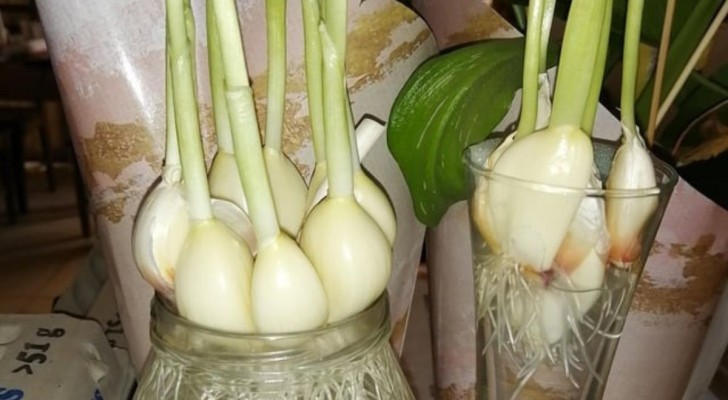Hydroculture: which plants to select for those new to this type of cultivation
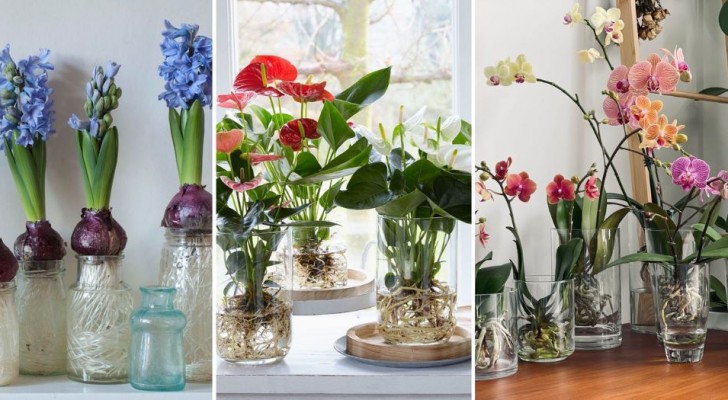
Hydroculture is an ancient cultivation technique, but has only returned to popularity in the last few decades. It consists of cultivating plants without using soil. Only water is used and, if necessary, some expanded clay which acts as a support for the roots and creates greater aeration. To do this, you will need a few simple materials: a vase or pot without drainage holes, a pot with expanded clay in it in which the plant will be planted, a level indicator for measuring water and a special, liquid nutrient solution.
The transition from soil to water cultivation is fairly complicated and not all plants can tolerate this; it is necessary to clean the roots properly of all soil and insert the plant in the pot with the expanded clay. Then fill the vase holder up with water and insert the pot.
In this way, the plants will require less maintenance, will have greater access to water and will grow faster. But which are the most suitable plants for beginners to this type of cultivation? In most cases, it is plants which have already been reproduced from cuttings (and which will adapt better to the substrate and humidity). Let's discover some of them together:
1. Tulips
Bulbs, like cuttings, are excellent for first-timers, because they adapt to this technique very easily. Tulips are an excellent idea to start with: just place the bulbs on a handful of pebbles and fill the vase with water until it touches the bottom of the bulb (never until it covers it, otherwise it could rot). Store in a warm, bright place and you will see your tulips will bloom all year round.
2. Amaryllis
The amaryllis is another wonderful bulbous flower that we can grow at home to give it some color and it adapts quite well to growing in water (even if it needs some care). The procedure is the same as for tulips and, if you keep your plant in a warm and bright place, you will soon see it bloom. Remember to pay close attention to the water levels: it must never touch the bulb to prevent it from rotting and change the water regularly to make sure it is always clean.
3. Hyacinths
Another bulbous plant that can easily be grown in water is the hyacinth. This plant can easily be grown in a pot or glass filled with water to a point just below the bulb's bottom. In order for the roots to develop, it will be necessary to keep them in a cool place, below 10 degrees C, and in the dark for at least six weeks. You can move the plant to a bright place when you see a green shoot of about 7 cm long, turning the glass half a turn every now and then to prevent it from falling over.
4. Rosemary
Even aromatic plants can easily be grown using hydroculture, especially if they have been developed from cuttings. Hydroculture allows aromatic herbs to grow faster and have a higher content of essential oils, with useful advantages for their use in the kitchen. Rosemary can be grown in a glass vase filled up with (up to the roots) in a very sunny spot.
5. Pothos
It is possible to grow pothos in water starting with a cutting of at least 15 cm long, immersed in a jar of clean water and exposed to indirect sunlight. The roots will emerge after 7-14 days and you can choose to leave them in the water. For growing this plant permanently in water, you will need a liquid fertilizer every 4-6 weeks to facilitate growth.
6. Anthurium
Anthuriums can adapt well to cultivation in water as long as some steps are taken. The room temperature must be between 18 and 30 degrees C, the room's humidity must be high, well ventilated and abundant lighting must be guaranteed. It is also be advisable to fertilize regularly with mineral fertilizer rich in phosphorus and potassium.
7. Aloes
Among the succulent plants, aloes are one of those that best adapts well to cultivation in water. However, care must be taken not to overdo the watering to prevent the roots from rotting.
8. Orchids
Orchids can be cultivated using hydroculture as long as the plant is healthy and the tools used are sterilized. It is advisable to sterilize the pots with bleach or amuchina or by boiling them before use. It is also necessary to remove the plant from its old pot and rinse all the roots off to remove any residue of soil. Cut way any rotten or dry roots and then disinfect the remaining roots with hydrogen peroxide. At this point, you can pot them and then add 2-3 cm of water to the bottom of the pot, so that only the tips of the roots are under water.
Which plant will you choose to start your own hydroculture project?
